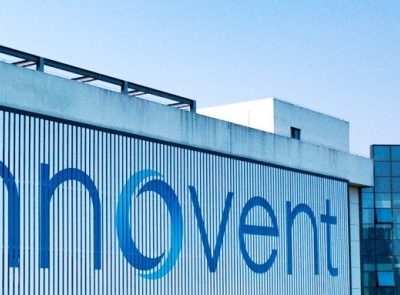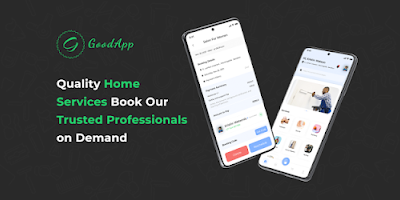By Oladipupo Adeosun
In today’s rapidly evolving technological landscape, IT groups play a pivotal role in the success of organizations across industries. These groups are often comprised of diverse individuals with varying talents, skills, and backgrounds.
RELATED: How to curb mass migration of tech talents from Africa
Managing such a diverse team can be both challenging and rewarding, as it requires not only harnessing the collective expertise but also navigating individual differences. This article delves into effective strategies for managing multiple talents and handling individual differences within an IT group.
Recognizing the Power of Diversity
Diversity within an IT group encompasses a wide range of attributes, including technical skills, experience levels, communication styles, cultural backgrounds, and personality traits. Recognizing the inherent value of diversity is the first step in effectively managing a team of individuals with varying talents and differences. Diverse teams bring a broader range of perspectives to problem-solving, innovation, and decision-making, which can ultimately lead to more creative and well-rounded solutions.
Cultivating an Inclusive Environment
An inclusive work environment is the foundation for successfully managing diverse talents and individual differences. Inclusivity fosters a sense of belonging and psychological safety, enabling team members to freely express their unique ideas and viewpoints. To cultivate inclusivity within an IT group:
1. Promote Open Communication: Encourage open and respectful communication among team members. Create channels for sharing ideas, feedback, and concerns without fear of judgment.
2. Value Each Contribution: Ensure that every team member’s input is acknowledged and appreciated. Recognize and celebrate achievements, whether they are big or small.
3. Provide Equal Opportunities: Offer equal opportunities for growth and development to all team members, regardless of their backgrounds or talents. This can be achieved through mentorship programs, training, and stretch assignments.
4. Address Biases: Raise awareness about unconscious biases that can affect decision-making and interactions. Provide training to help team members recognize and mitigate these biases.
Leveraging Different Talents
Effectively managing multiple talents involves harnessing the strengths of each team member to create a cohesive and high-performing unit.
1. Identify Individual Strengths: Conduct assessments or one-on-one discussions to understand each team member’s strengths, skills, and areas of expertise.
2. Create Cross-Functional Teams: Form teams with complementary skill sets to encourage collaboration and knowledge sharing. This can lead to innovative solutions that leverage the combined talents of the group.
3. Encourage Skill Enhancement: Provide opportunities for team members to expand their skills beyond their core competencies. This can result in a more versatile and adaptable team.
4. Rotate Responsibilities: Occasionally rotate roles and responsibilities to expose team members to different aspects of IT work. This not only prevents monotony but also helps team members learn from each other.
Navigating Individual Differences
Managing individual differences requires a combination of empathy, understanding, and flexibility to create a harmonious and productive work environment.
1. Practice Active Listening: Take the time to listen actively to team members’ concerns, perspectives, and ideas. This fosters a sense of respect and understanding.
2. Flexible Work Arrangements: Recognize that different team members may have varying work preferences and needs. Offer flexible work arrangements whenever feasible to accommodate these differences.
3. Conflict Resolution: Address conflicts promptly and professionally. Encourage open dialogue to find common ground and reach resolutions that consider everyone’s viewpoints.
4. Individualized Motivation: Understand what motivates each team member individually. While some may be driven by challenges, others might value recognition or opportunities for growth.
Conclusion
Managing an IT group with multiple talents and individual differences is a complex yet rewarding endeavour. By fostering an inclusive environment, leveraging diverse talents, and navigating individual differences with empathy and flexibility, leaders can create a cohesive and high-performing team. Embracing diversity and harnessing the unique strengths of each team member will not only drive innovation but also contribute to the overall success of the organization in the dynamic world of technology.
Oladipupo Adeosun. Head, Information Technology – E-Business (Fintech | Cyber Security | Penetration Tester)































